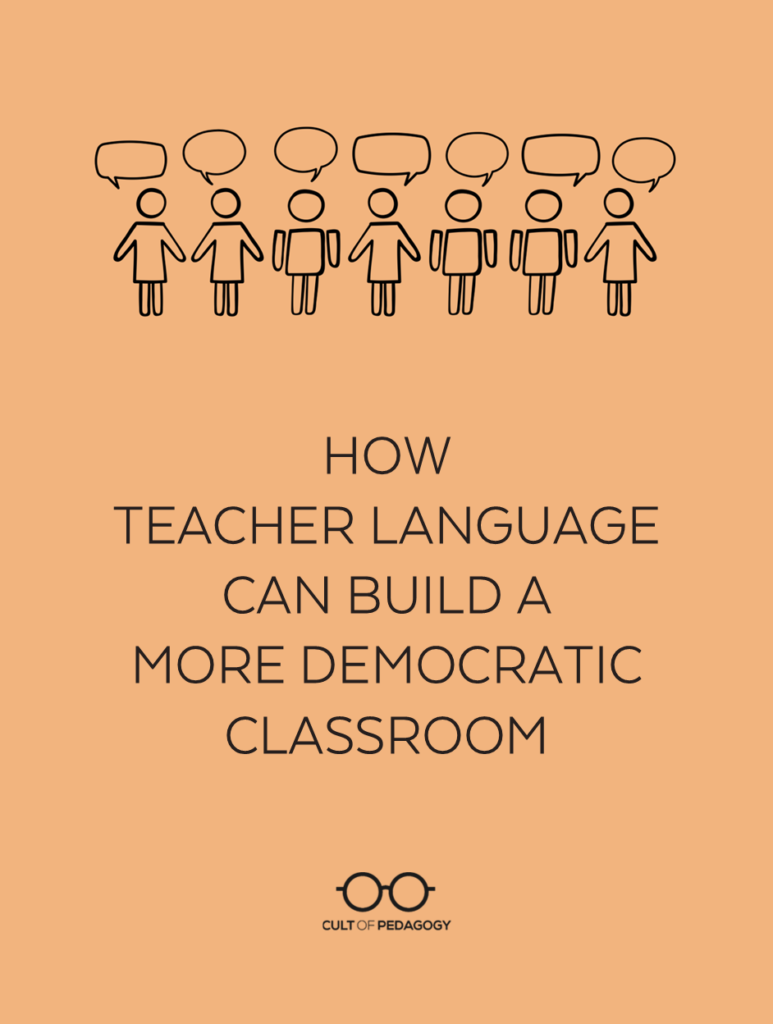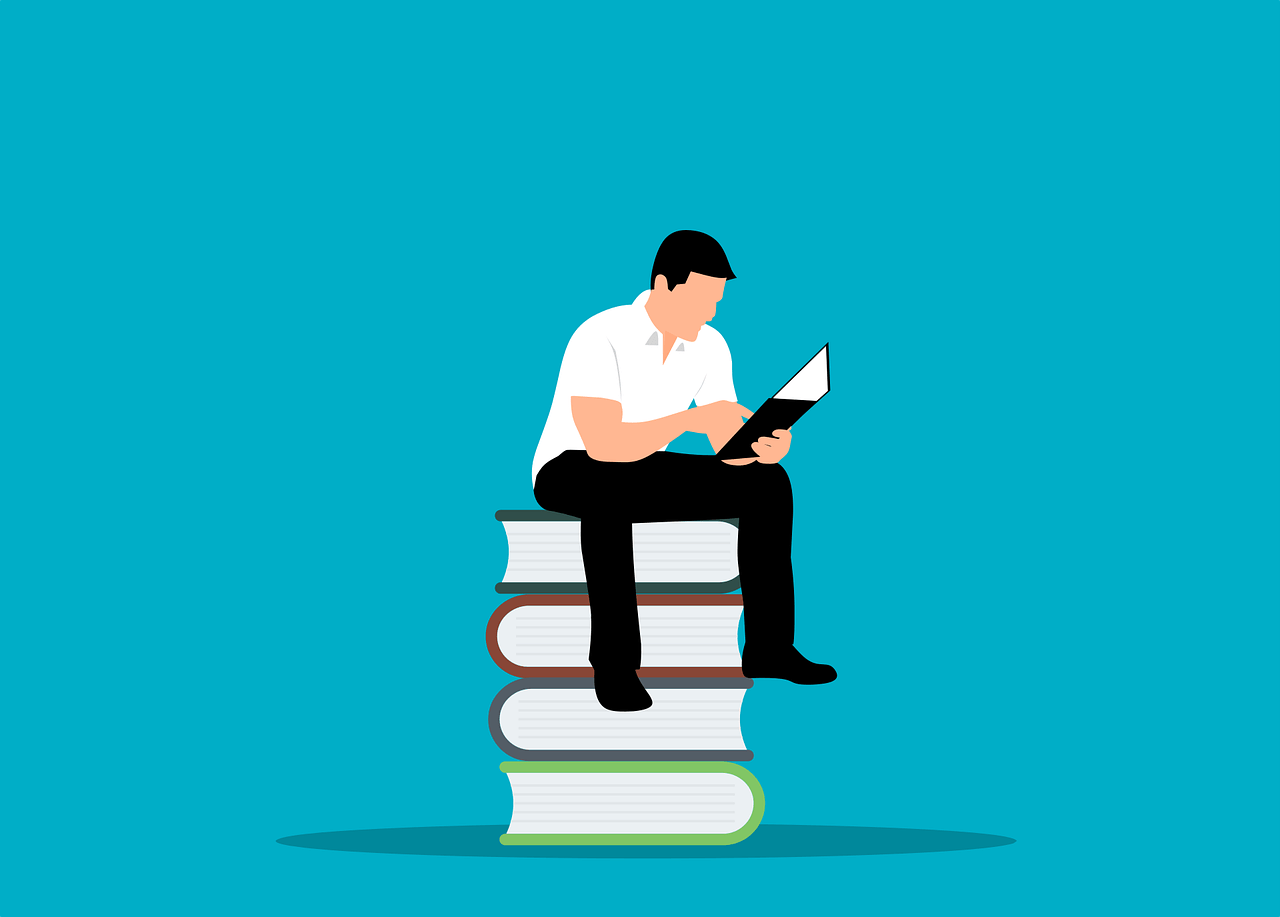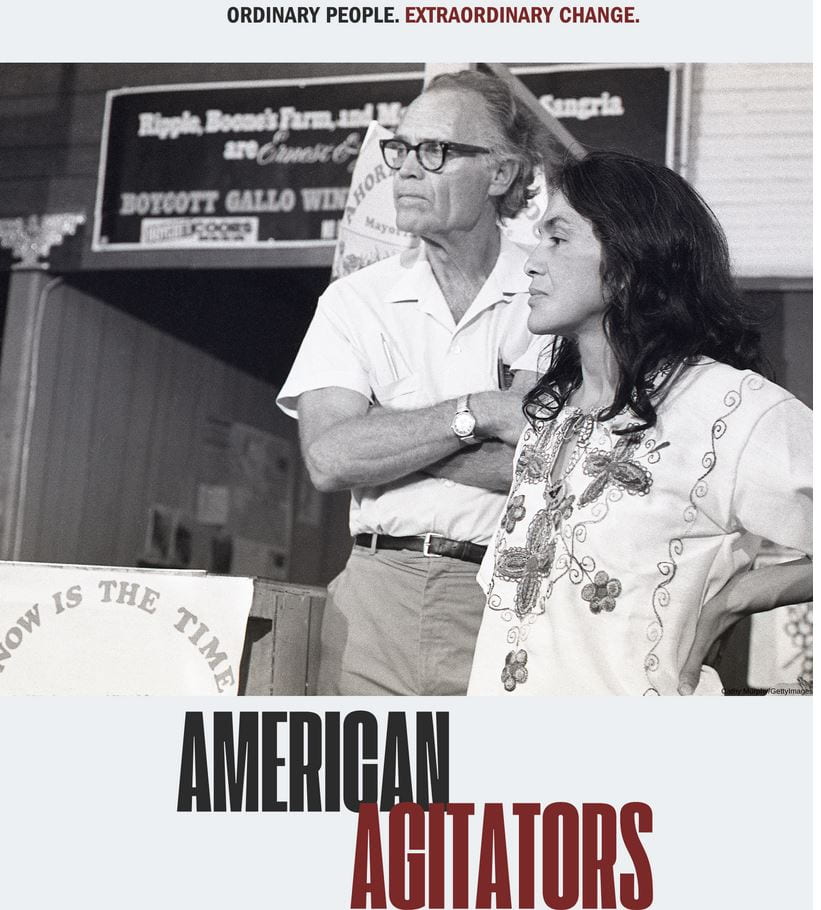Ten years ago Roy F. Smith, an English teacher at Round Rock High School in Texas, was inspired by the idea of putting a text under a microscope while reading “The Art of X-Ray Reading” by Roy Peter Clark. Smith, who has been teaching for 24 years, developed what he calls “spotlight reading,” a quick activity used at the start of class to get students to engage with written language without worrying about a grade.
Spotlight reading puts a magnifying glass to a single sentence or short poem and encourages students to analyze the small bit of text without worrying about a grade. “I wanted them to be able to read critically because too many times in high school, kids are reading for a grade, and they’re not really interacting with the text in an authentic way,” Smith said. “[Spotlight reading] engages all of their skills for reading, writing and thinking within the first ten minutes of class.”
Smith uses the activity once or twice per week throughout the school year in his AP literature and composition and dual-credit American literature classes. He said he’s seen an improvement in AP exam scores since he introduced the activity. The practice is now widely used at Round Rock High School, and has been picked up by teachers elsewhere, too.
What is spotlight reading?
Smith starts spotlight reading by putting a short excerpt from a book, essay or poem on the board before students enter the classroom. His first excerpt of the year is usually a complex sentence from Truman Capote’s In Cold Blood that contains cumulative ideas. Smith reads the quote for his students and asks them some questions, which they answer by writing in their notebooks for three to four minutes. He said it doesn’t matter if the students have read the complete text or not.
One of Smith’s favorite questions to ask is, “What do you notice first?” Every student can notice something, regardless of background knowledge or skill level, he said. Other questions might have to do with the broader lesson that students are learning that day, such as, “What literary elements or techniques do you see?” or “What do you think the overall meaning is?”
Smith encourages students to “just write” and go with their first ideas without overthinking. Then, students talk in small groups about their ideas for two minutes. Smith listens in on conversations, but is careful not to interject. If he hears a particularly interesting idea, he taps that student on the shoulder and asks them to share it with the class after the small group discussion.
Okay!
Inspired entirely by @Englishroy, this is what my AmLit students will do with a different text every day. Roy calls this process “spotlight reading” and it should take no more than 12-15 minutes every day as our bellringer.
Alt text available for each slide https://t.co/aimwGFwDnp pic.twitter.com/IPf9sghTot
— The Madwoman in the Classroom (@heymrsbond) August 13, 2024
Spotlight reading works best when done every week and for the entire school year. “The kids get into routines and thinking, seeing and responding,” Smith said. According to him, after the first few spotlight readings, students know exactly what to do when they enter the classroom and see a quote on the board. Spotlight reading also helps to set the tone for the rest of the class period. Especially for Smith’s fourth period class for seniors, which falls after lunch. “Spotlight focuses those kids quick,” he said. And it “starts the day with all three things that I teach: thinking, writing and reading.”
Sometimes Smith uses spotlight reading to catapult the class into a bigger discussion or lesson for the rest of the class period. Other days, spotlight reading fulfills the practice of what Smith calls “risky writing,” which de-emphasizes grammar and polished ideas. During spotlight reading, “I just want them to get used to responding to a text or a poem,” he said.
This lesson segment is designed to take 10 to 13 minutes at the beginning of a class period, and for students, gradually builds their ability to respond quickly to texts. At the end of each grading period, if students have completed each spotlight reading, they earn 100% credit.
Greater impact
Smith’s Round Rock colleague Meredith Lawrence collaborated with him to introduce spotlight reading schoolwide. According to Lawrence, “these short bursts of shining a light on [challenging texts] could be more powerful sometimes than spending an entire class period” on that text. By writing without scrutiny during spotlight reading, they learn to trust their literary instincts. “I call them reckless writings because…I want [students] to be reckless and excited for doing just like the activity itself, and not worrying about rules,” Lawrence said. “The reckless writing breaks them out of their own heads a little bit,” she continued.
After students write, Lawrence asks them to highlight all of the places that they feel they’ve developed an interesting idea or thoughts that they want to explore more. This practice of highlighting key moments “starts to build up [the students’] confidence and you start to see, as the year goes on, there’s more and more highlighted and there are fewer moments” of uncertainty, said Lawrence.
For Lawrence, spotlight reading also allows students to explore a text that she otherwise would not get to teach. Her hope is that students are exposed to authors and texts that “they end up choosing for independent reading some other time.” Throughout the years of spotlight reading, Lawrence has seen students’ confidence in their academic discussions. “It helps them be more engaged and comfortable with their own thought process,” she said.
For AP literature and composition, Smith’s students have to be able to write an essay in 40 minutes. That’s hard, he said. “So I need them to be able to read and recognize and find places to enter in quickly … I credit spotlight reading for all the gains we’ve had in our [AP] scores over the years.”
Smith said spotlight reading is particularly helpful for English language learners because he does not emphasize grammar. The important part is that the students are writing down their thoughts. The form can come later.. For students who may not understand the exercise right away, spotlight reading allows them to hear what their peers are saying. “They’re learning from each other,” Smith said.
Ten years ago Roy F. Smith, an English teacher at Round Rock High School in Texas, was inspired by the idea of putting a text under a microscope while reading “The Art of X-Ray Reading” by Roy Peter Clark. Smith, who has been teaching for 24 years, developed what he calls “spotlight reading,” a quick … Continue reading How ‘Spotlight Reading’ Helps Students Learn to Trust Their Literary Instincts → MindShift








